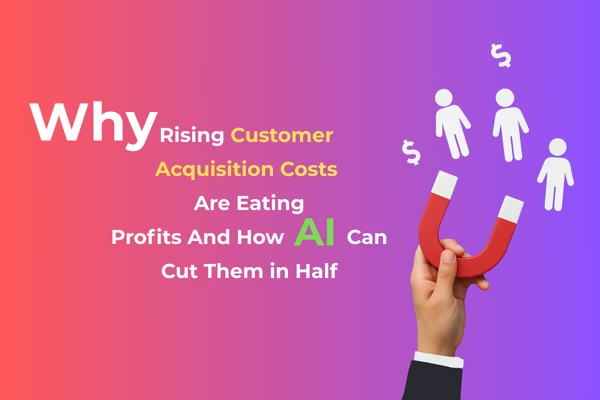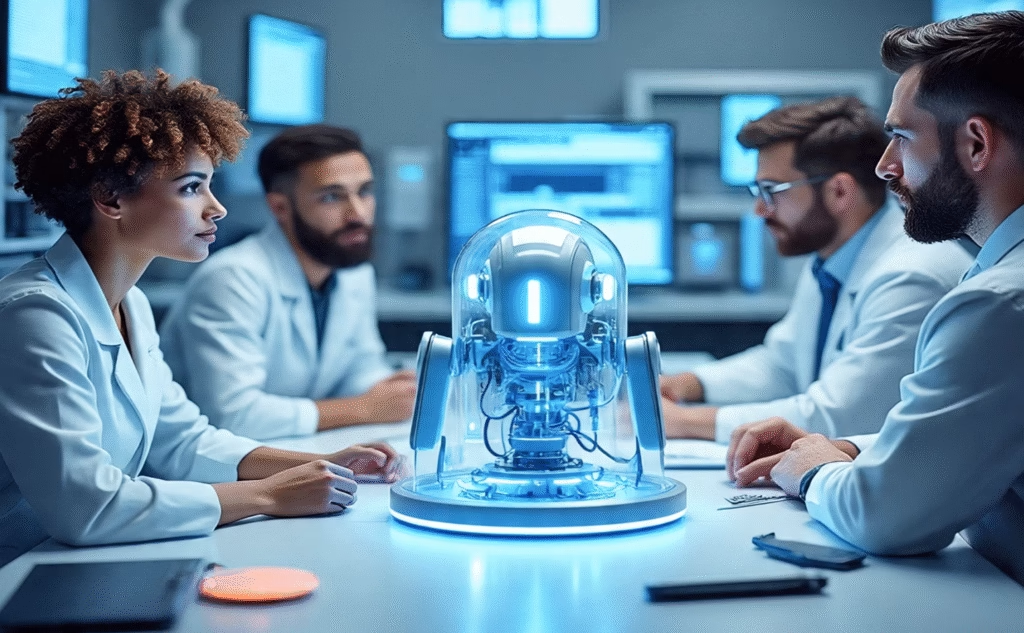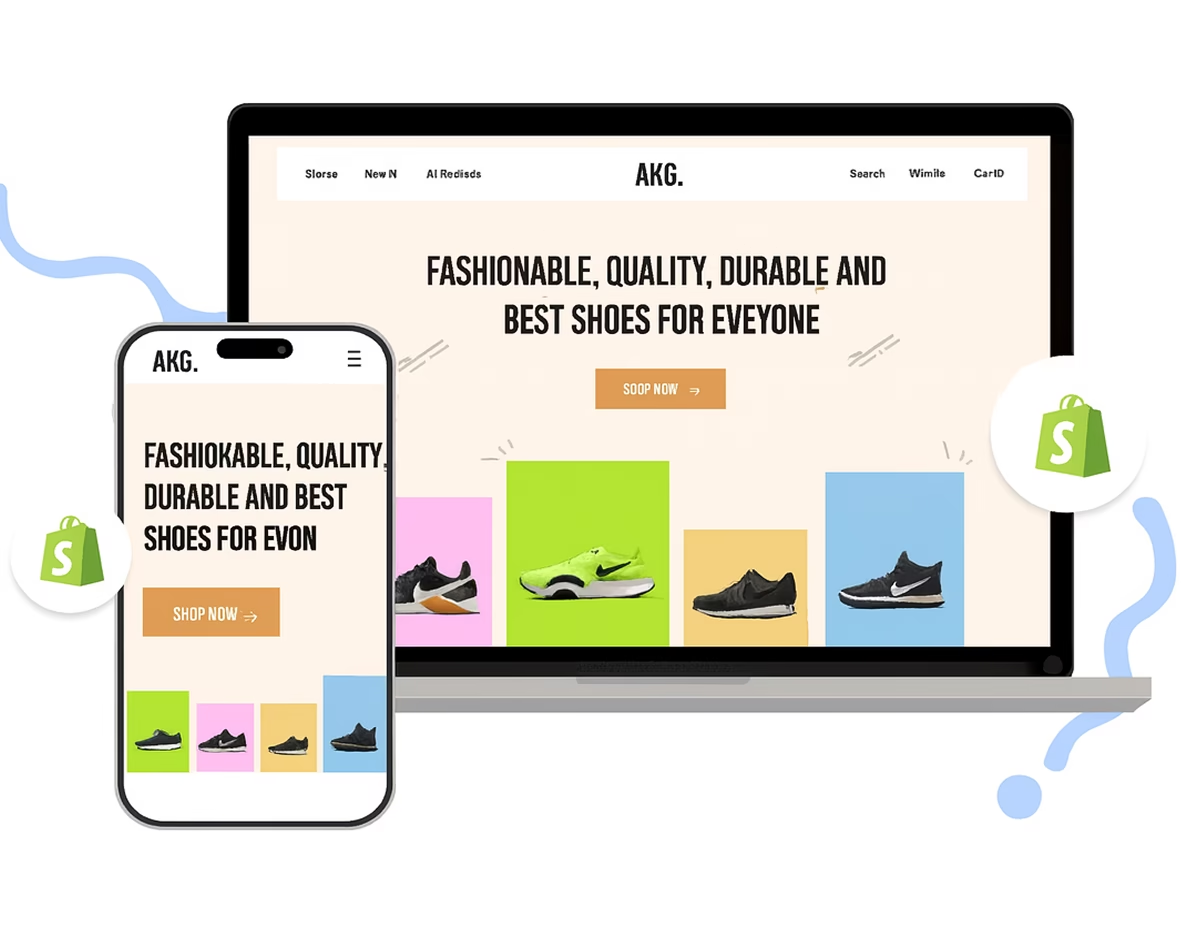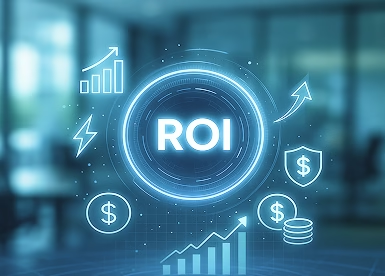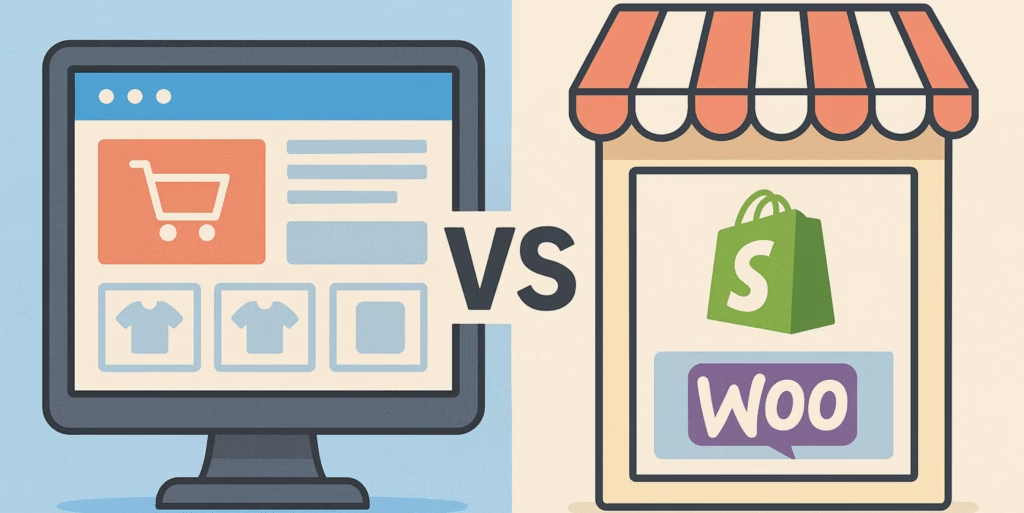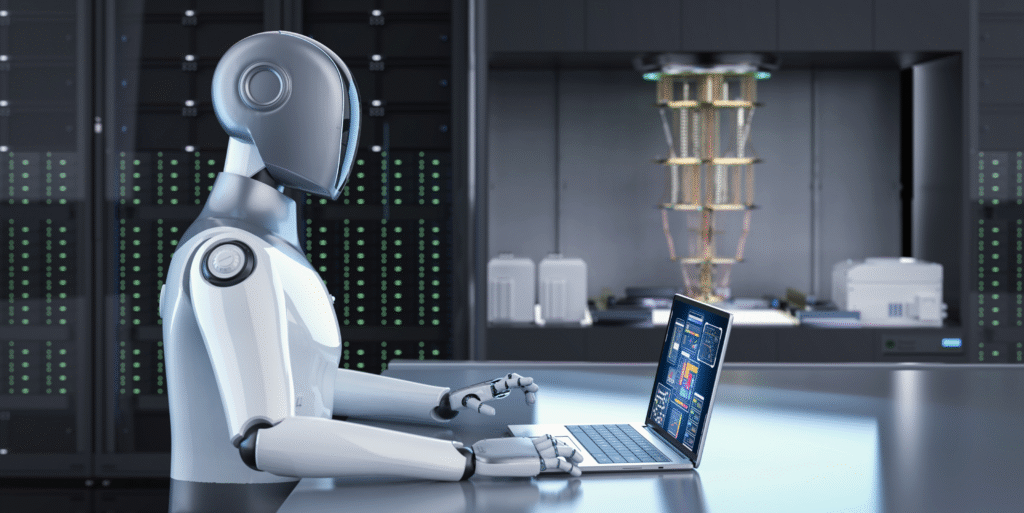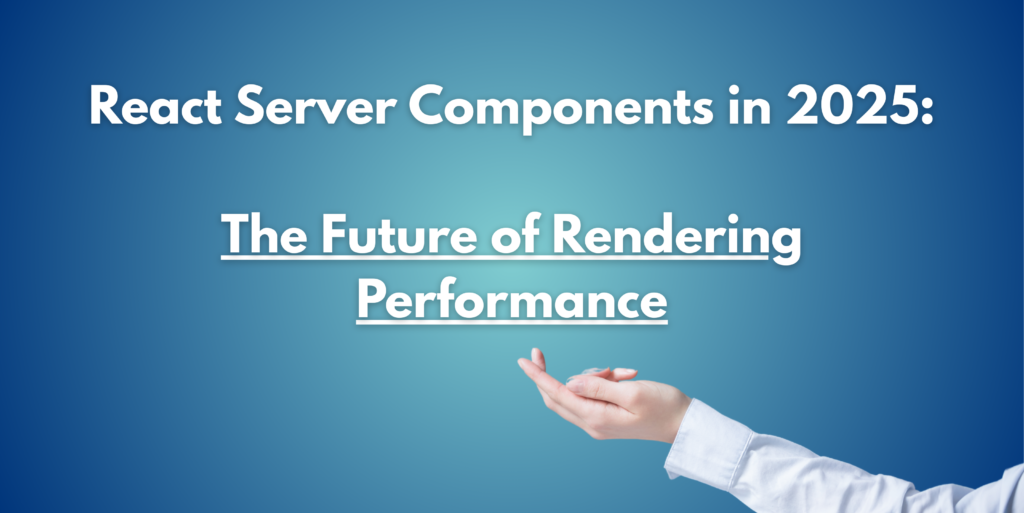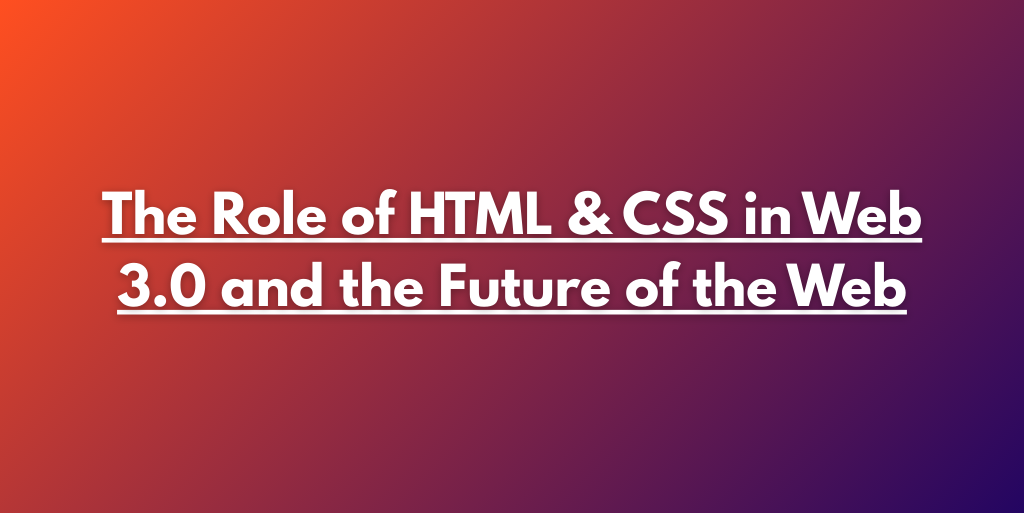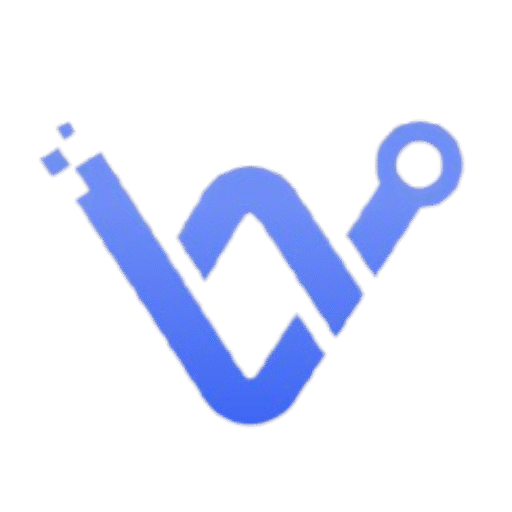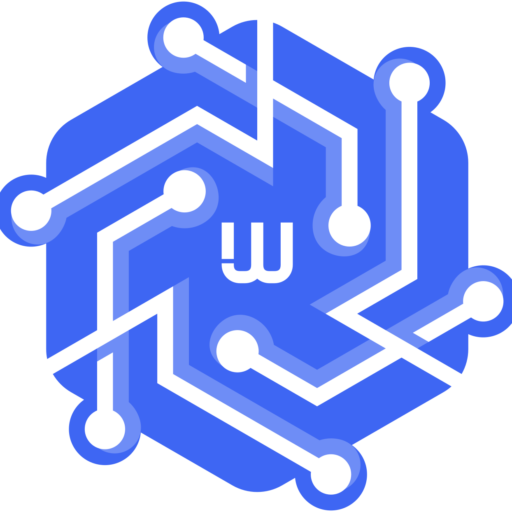Table of Contents
- The spiraling cost of customer acquisition in retail
- Why traditional marketing models fail
- What is customer acquisition cost and how to calculate CAC
- The hidden drains: content creation costs and inefficient funnels
- Role of AI in hyper-personalized targeting
- Predictive segmentation to reduce wasted ad spend
- Conversion optimization and customer journey optimization
- Case example: AI reducing CAC by 40%
- Building a sustainable acquisition strategy with AI
- Future outlook
Why Rising Customer Acquisition Costs Are Eating Profits And How AI Can Cut Them in Half
Winning new customers is getting increasingly costly each year. Increasing ad prices, competitive business environments, and expensive content requirements are all presenting increasingly bigger challenges for companies to expand profitably. Retailers and online brands are discovering it increasingly normal for their customer acquisition price to rise so rapidly that it takes straight from their margins. Thank goodness for artificial intelligence, which is revolutionizing the way companies win, convert, and keep customers. With AI-driven strategies, companies can minimize expenses by a significant degree and optimize conversions and lifetime value.
1. The spiraling cost of customer acquisition in retail
One of the highest rates of rise in customer acquisition costs among all industries belongs to retailers. Increasing advertising competition, falling attention spans, and growing content needs are stretching budgets to the breaking point.
What used to cost $20 to buy a customer once now costs $40 or more, and profit eats up those margins. With the price of digital advertising going up every month, companies that only depend on paid traffic see marketing ROI drop every month.
The question isn’t whether or not CAC is going up—it’s how long your business can sustain it before more advanced customer acquisition strategies are implemented.
2. Why traditional marketing models fail
Traditional acquisition approaches presume that a higher ad spend means more customers. Yet this paradigm does not work in today’s setting for three reasons:
- Excessive content creation expenses: Companies incur dollars creating blogs, ads, and social media posts that don’t convert.
- Low conversion rates: Traffic notwithstanding, bad landing page conversion rates equate to fewer paying customers.
- Unintegrated customer experiences: Without integrating the customer experience, prospects are lost along the way and never convert.
All these inefficiencies translate into more spend and less return. That’s where AI comes in and reverses the equation.
3. What is customer acquisition cost and how to calculate CAC
Before solving the problem, you need to measure it.
Customer acquisition cost (CAC) is the total spend on sales and marketing divided by the number of new customers gained.
How to calculate CAC:
CAC = Total marketing and sales costs ÷ Number of new customers acquired
Costs should include:
- Advertising spend
- Team salaries
- Software and tools (such as CRM and marketing automation platforms)
- Content marketing funnel expenses
- Design and creative overhead
If you invested $15,000 and gained 500 new customers, then your CAC is $30. Monitoring CAC by channel provides insights into where money is being wasted and where it’s growing profits.
4. The hidden drains: content creation costs and inefficient funnels
The majority of marketers are not considering hidden costs that drive CAC. Creating high volumes of organic content without a clear funnel results in poor ROI.
A poorly optimized content marketing funnel that leaks leads somewhere along the way from awareness to purchase suffers unnecessary leakage. With every leakage in the funnel, CAC goes up because more traffic is bought to reach targets.
Optimizing funnels and reducing unnecessary content production costs are essential to reducing CAC sustainably.
5. Role of AI in hyper-personalized targeting
AI introduces precision to shopping. Rather than bombarding generic ad, companies can now use AI to develop personalized consumer experiences that engage intent directly.
AI analyzes behavior signals, buying history, and interests with the aim of sending the appropriate message at the appropriate moment. The outcome is increased engagement, improved conversions, and in the end, reduce customer acquisition costs.
Where traditional campaigns guess at targeting, AI makes data-driven predictions that continually refine with each customer interaction.
6. Predictive segmentation to reduce wasted ad spend
Predictive AI models can segment audiences more effectively than manual methods. By analyzing thousands of data points, AI identifies which leads are most likely to convert.
This allows marketers to:
- Focus ad spend on high-value segments
- Reduce waste on unqualified leads
- Improve landing page conversion rates through tailored messaging
The result is lower CAC with higher customer quality, improving the customer lifetime value to CAC ratio.
7. Conversion optimization and customer journey optimization
Reducing CAC is not just about bringing people in—it’s about converting them once they arrive.
Conversion optimization ensures that traffic turns into paying customers by refining UX, improving CTAs, and speeding up page load times.
When paired with customer journey optimization, businesses can guide prospects smoothly from awareness to purchase. AI enhances this by identifying drop-off points and testing solutions automatically, making acquisition more efficient.
8. Case example: AI reducing CAC by 40%
A mid-sized e-commerce retailer faced a CAC of $50 per customer through paid ads. By integrating AI tools for seo customer acquisition, predictive segmentation, and automated funnel optimization, they reduced CAC to $30—a 40% decrease.
Key changes included:
- Using AI to optimize organic content for high-intent keywords
- Automating CRO tests across landing pages
- Implementing a CRM and marketing automation platform for retargeting
This not only cut acquisition costs but also increased customer retention, improving profitability over time.
9. Building a sustainable acquisition strategy with AI
The goal is not to chase the lowest CAC at all costs but to build a balanced system. AI enables businesses to create sustainable acquisition strategies by combining:
- Paid ads refined by predictive AI
- Scalable organic content for long-term growth
- Automated conversion optimization for efficiency
- Strong customer retention programs to maximize customer lifetime value
Together, these elements create an acquisition model that is both profitable and scalable.
10. Future outlook
The future of customer acquisition will be defined by AI. As costs continue to rise, businesses that fail to adapt will see profits decline.
Those that embrace AI in customer acquisition will not only reduce costs but also deliver experiences tailored to each customer. By aligning AI with acquisition strategy, companies can unlock sustainable growth, higher ROI, and stronger relationships with their customers.
Final thoughts
Customer acquisition costs are rising, but they don’t have to destroy your profitability. By blending AI in customer acquisition, smart funnel design, and continuous optimization, businesses can cut CAC in half while building stronger long-term customer relationships.

